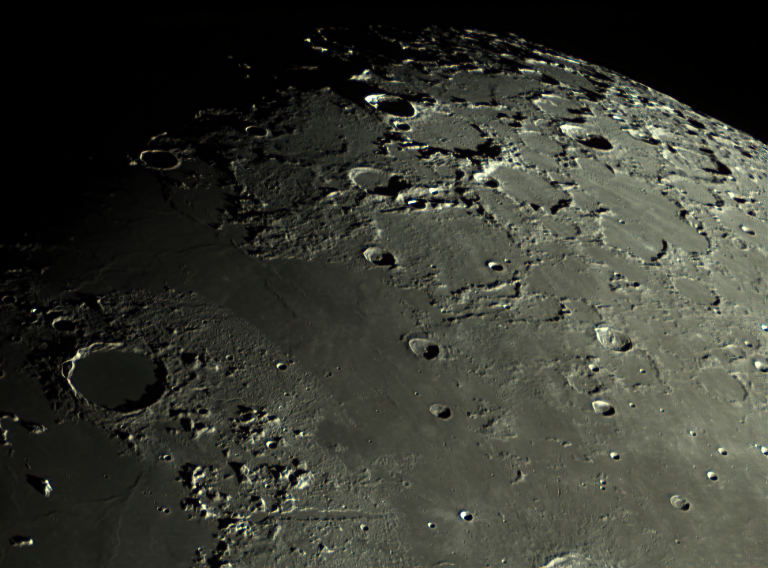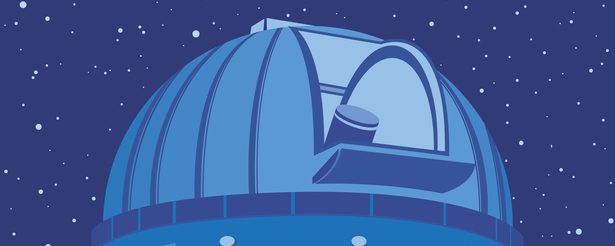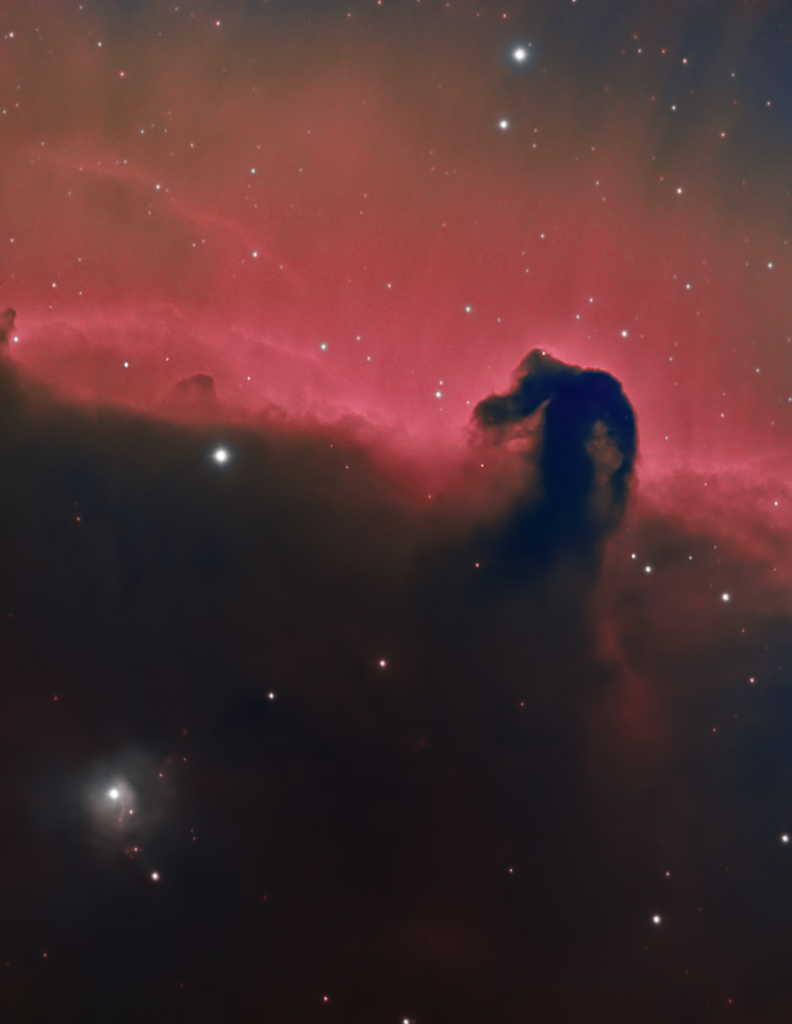
Similar Posts

Sombrero Galaxy
M104 is known as the “Sombrero Galaxy” due to its visual appearance – but a deep, long-exposure image reveals its true structure. It’s a lenticular galaxy about 30 million light-years away, about 30% the size of our own Milky Way galaxy.

Staring Into the Void with M77
This was intended to just be an image of the galaxy M77 in Cetus, but quite a few other galactic photobombers showed up! The annotated image below guides you to the brighter galaxies in this image, but click on it to expand it, and you’ll find many other ones as well that are incomprehensibly distant.

Introducing: Son of Scopey McScopeFace!
There’s a reason I’ve been quiet lately – we sold our house and are in the process of moving to Los Angeles! Also, Florida’s weather hasn’t been terribly cooperative either. The sad news is that we had to leave the observatory behind, and I donated its equipment to the Central Florida Astronomical Society, as LA…

The Monkey Head Nebula
The Monkey Head Nebula is located about 6400 light-years away, in the constellation Orion. It’s a gorgeous cloud of gas surrounding a cluster of young stars. I processed this data a couple of different ways; one using the “Hubble palette” and another using my own color scheme. The colors represent different kinds of ionized gases:…

The Moon is Ready for its Close-Up
Last night I set out to image Jupiter and Saturn, but both are pretty far away at this point, and the atmospheric conditions weren’t great. So I tried for the Moon instead. We take our nearest celestial neighbor for granted – there’s a whole world right next to us, waiting for us to explore it!…

The Eagle Nebula – sans stars
This image was something of a happy accident – I spent a night capturing narrowband data on M16, the Eagle Nebula (home of the famous “pillars of creation”.) Of course I had to try reproducing the iconic Hubble image as best I could, but the color palette they use results in big, ugly, magenta-colored stars….

